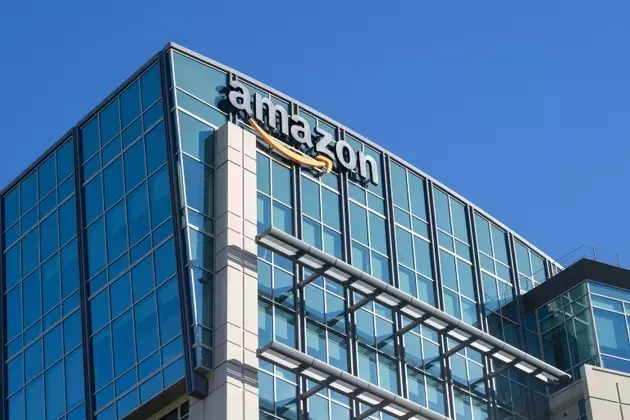
Amazon.com, Inc. finds itself in a precarious position, showcasing strong quarterly results while simultaneously struggling to convince analysts of its future growth potential. My in-depth examination of the e-commerce giant reveals a company at a crossroads, balancing innovation with fiscal responsibility. Despite its commanding market presence, the current valuation suggests that the stock is fairly priced, leaving little room for substantial gains and positioning it as a 'Hold' in a dynamic market environment.
Amazon's Performance Under Scrutiny: Q3 Highlights and Future Outlook
Amazon's third-quarter results for 2025 painted a picture of a company still capable of impressive growth, with revenue figures showing a notable double-digit increase. This performance was primarily driven by its core segments, demonstrating continued customer engagement and operational efficiency. However, a deeper dive into the financials reveals a more nuanced reality. Operating income, while positive, faced pressure from significant one-off charges and substantial capital expenditures. These investments, particularly in burgeoning areas like artificial intelligence, are crucial for long-term competitiveness but exert a short-term drag on profitability. The cloud computing division, Amazon Web Services (AWS), remains a standout performer, consistently delivering strong margins and acting as a vital growth engine. This robust segment helps offset some of the inherent volatility and lower margins associated with the e-commerce arm.
Looking ahead, the road for Amazon is fraught with both promise and peril. Analyst projections for earnings per share (EPS) growth are optimistic, yet they might not fully account for potential headwinds. The colossal investments in AI, while necessary for future innovation, carry the risk of overextension or slower-than-anticipated returns. Furthermore, the global economic landscape remains uncertain, with consumer spending patterns exhibiting fragility. This delicate balance could impact Amazon's retail segment, which relies heavily on consumer confidence and purchasing power. The company's ability to navigate these challenges, optimize its capital allocation, and effectively monetize its AI ventures will be critical in determining its future trajectory. A careful watch on these factors is warranted as Amazon strives to maintain its market leadership while generating sustainable shareholder value.
As a financial observer, Amazon's situation presents a fascinating dilemma. The company's relentless pursuit of innovation and market dominance is commendable, but the current market valuation appears to have already factored in much of this potential. The tightrope walk between aggressive investment for future growth and maintaining a healthy margin of safety for investors underscores the complexity of evaluating tech giants. Perhaps this period of 'Hold' is not a reflection of weakness, but rather a call for patience, allowing the strategic investments to mature and the broader economic picture to clarify. For now, the sensible approach remains one of observation, awaiting a more compelling entry point or clearer signs of sustained, differentiated advantage.
